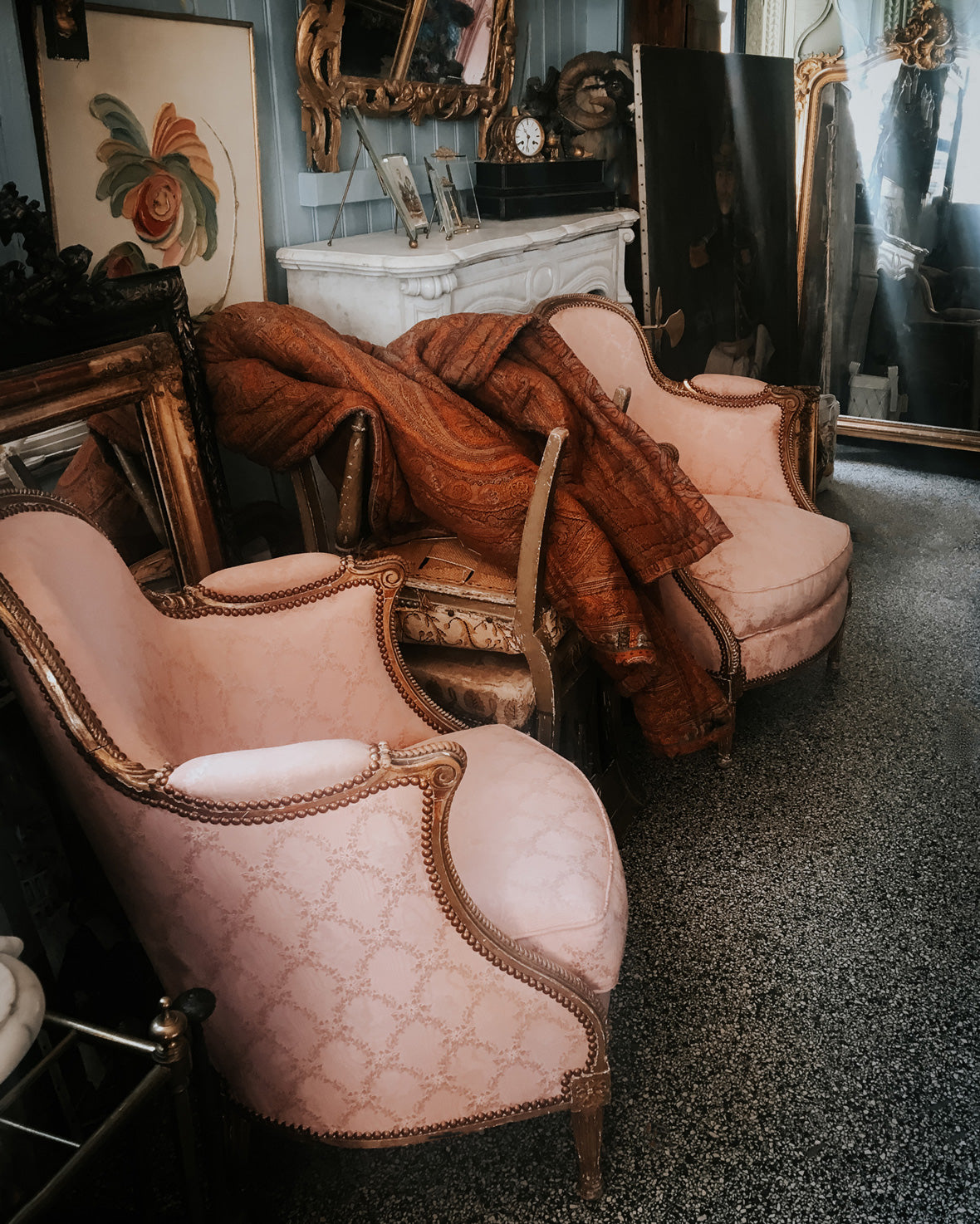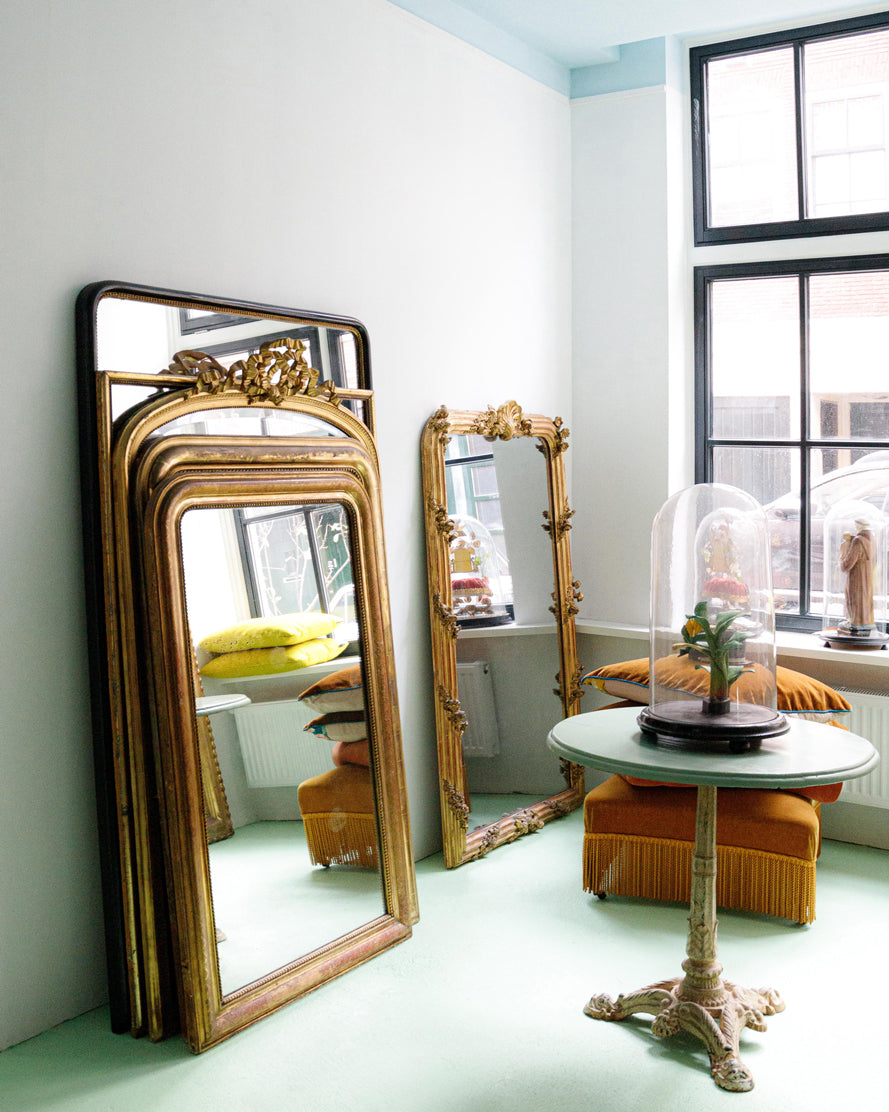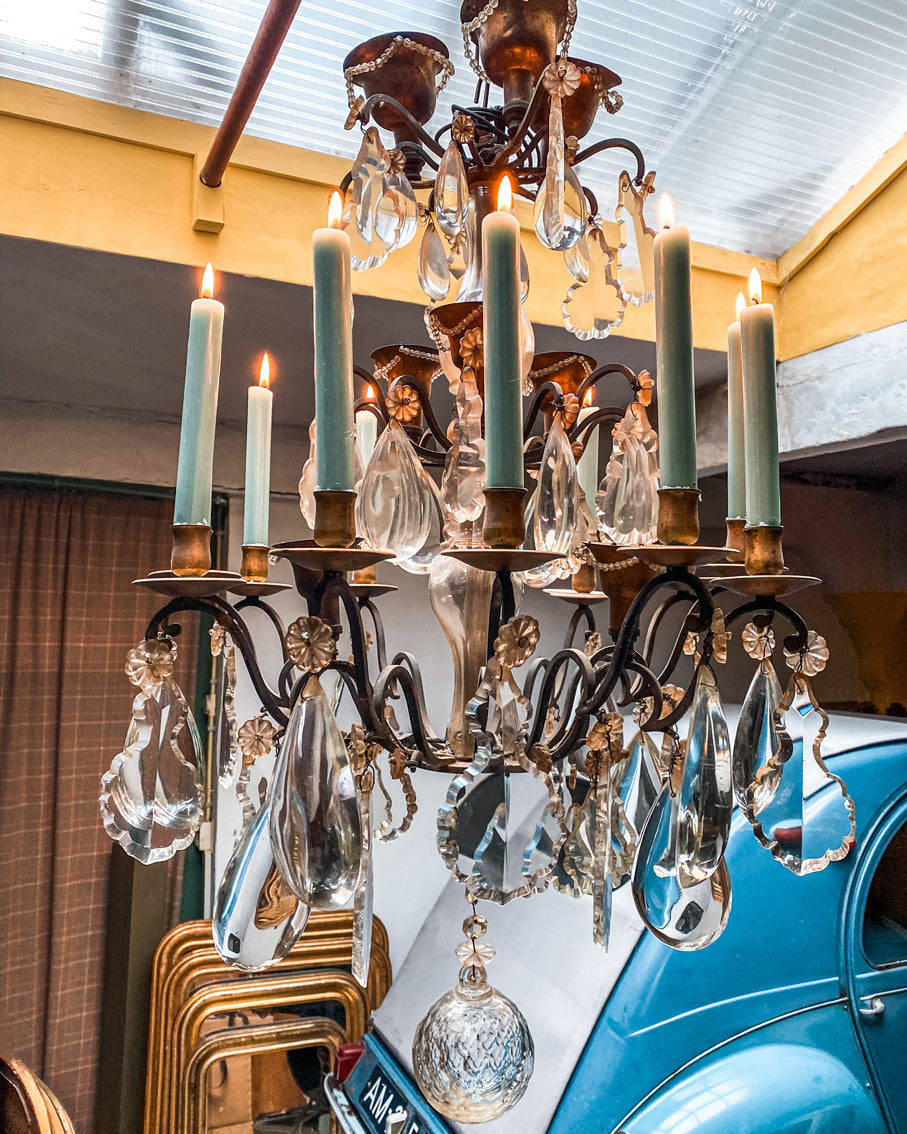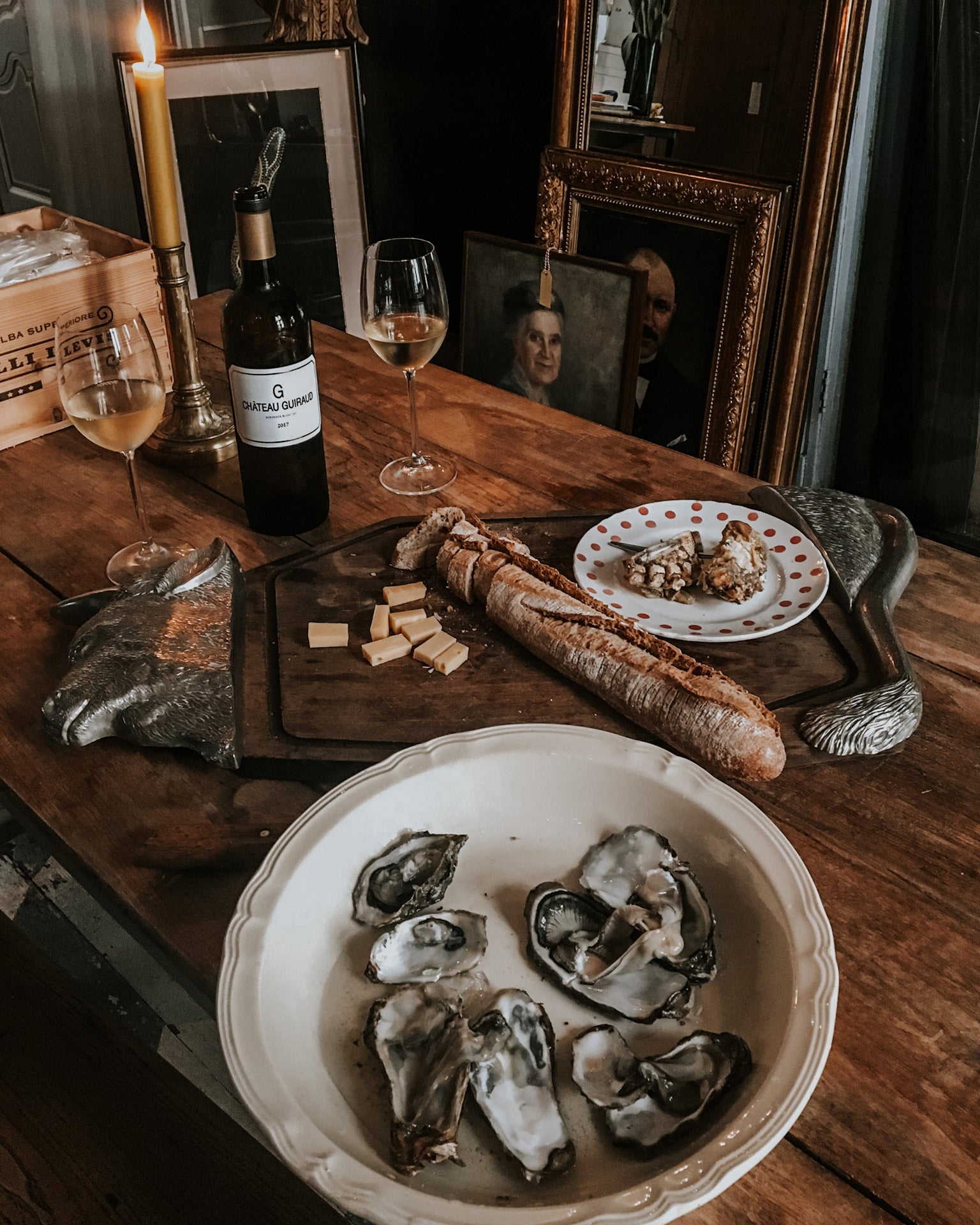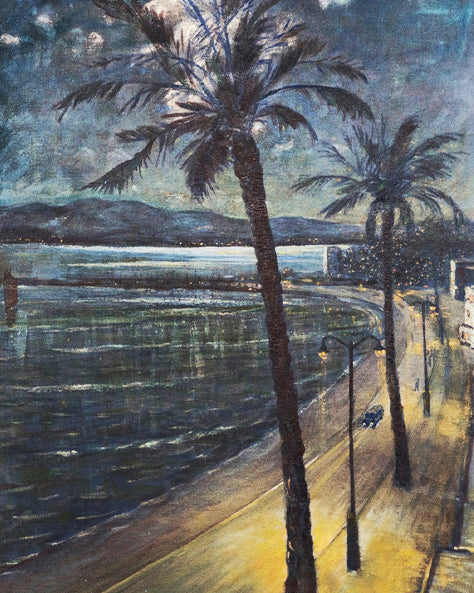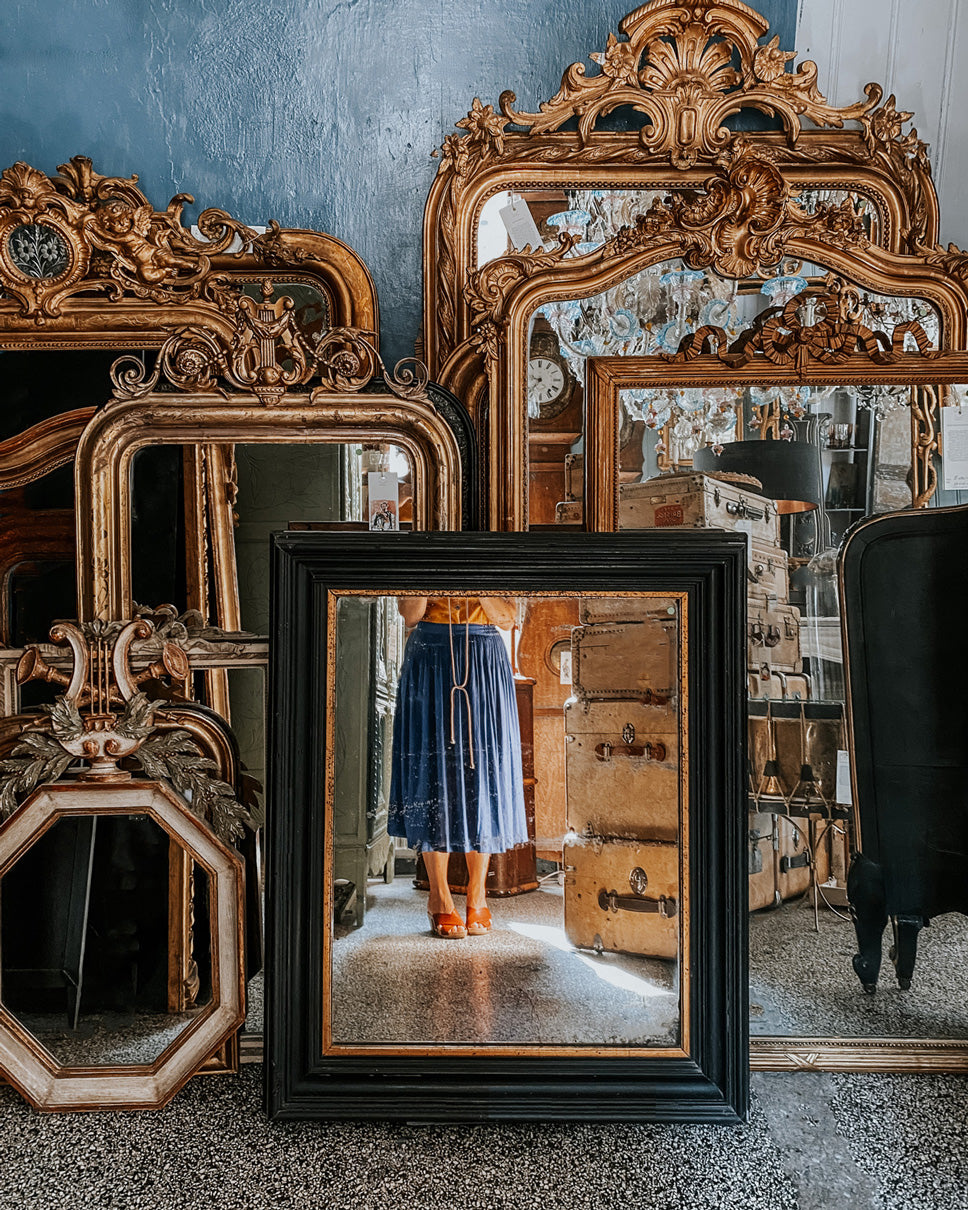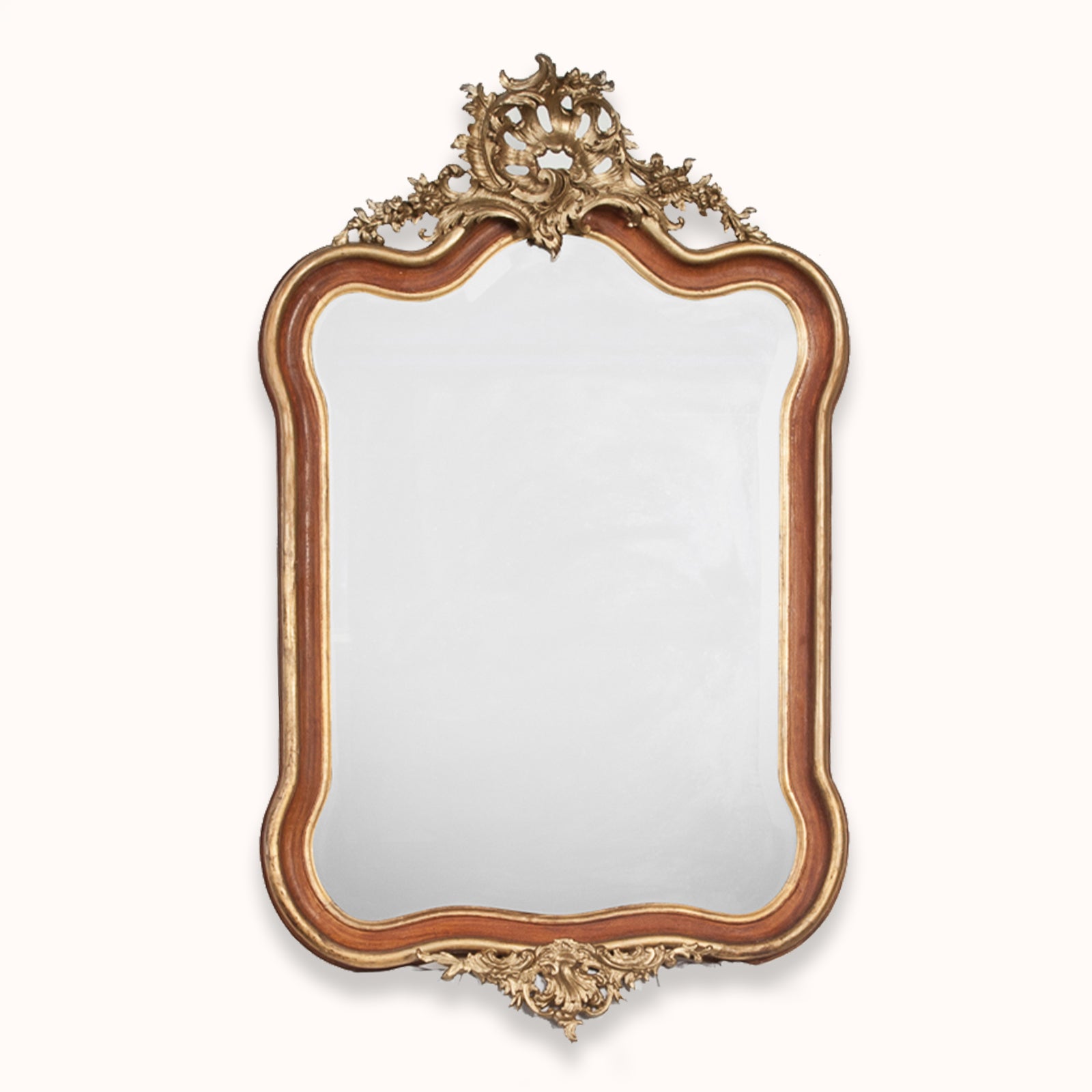Antique Italian Mirrors
Choosing between a French or Italian antique mirror isn’t about rules—it’s like choosing between a crisp glass of champagne and a velvet-smooth Negroni: both divine, both iconic, just a question of your mood. But if you lean towards the dramatic—the grand gesture, the flourish, the full Rococo pirouette—then an Italian Antique Mirror is your perfect partner in crime. These mirrors don’t just hang on a wall; they waltz into the room. They don't murmur politely—they sing, they twirl, they command the spotlight. Italian antique mirrors are many things, but one thing they’ll never be? Wallflowers.
1 product
French vs. Italian Antique Mirrors: A Battle of Beauty, Drama, and a Little Bit of Gilded Mischief
Choosing between a French and an Italian antique mirror is less about "right or wrong"—and more like picking between champagne and a Negroni: both iconic, just a matter of mood. While both countries gifted the world with mirrors that practically flirt with the light, their styles, craftsmanship, and spirit are deliciously different. Ready for a little mirror magic? Let’s dive in.
Style & Ornamentation: Who Wore It Best?
French Antique Mirror Style
Think of French mirrors as the effortlessly chic Parisiennes of the antiques world: symmetrical, refined, impeccably "done"—even when they pretend not to be.
Depending on the era, you’ll see the architectural cool of Louis XVI (clean lines, classical motifs like laurel wreaths and urns) or the flirtier, swirling charm of Louis XV Rococo curves. Gilding and symmetry are the name of the game. Drama? Yes, but whispered, never screamed.
Italian Antique Mirror Style
Now picture a masked ball in Venice: wild, opulent, gloriously too much—and proud of it.
Italian mirrors bring full Baroque and Renaissance drama: flamboyant scrolls, floral flourishes, and an occasional mythological figure swinging from the frame. Venetian mirrors, in particular, are famous for their delicate engraved glass decorations and dazzling bevels. Subtle? Never heard of her.
Craftsmanship & Techniques: The Secrets Behind the Sparkle
French Techniques
French mirrors usually start with a solid wood frame, lovingly carved and treated with gesso and gold leaf. Styles like Louis Philippe and Louis XVI keep it cool and classic, with minimal fuss.
The real alchemy? Mercury glass. This 18th- and early 19th-century technique created a silvery, slightly foxed reflection—a dreamy, romantic blur that modern mirrors can only envy.
Italian Techniques
In Italy, the glass itself often becomes the star. Venetian craftsmen didn't just frame mirrors; they built them from pieces of etched, hand-decorated glass, often framed by Murano glass flourishes. When wood was used, it came drenched in rich gilding and fantastical carvings—think acanthus leaves, angels, and plenty of glittering flourishes.
Shapes & Proportions: Geometry vs. Whimsy
French Mirror Shapes
French antique mirrors love a little symmetry. You'll find clean rectangles, graceful arches, and ovals designed to flatter any room (and any ego).
Italian Mirror Shapes
Meanwhile, Italy was too busy twirling across the dance floor to stick to straight lines.
Italian mirrors—especially Rococo and Venetian designs—prefer organic curves, scalloped edges, and asymmetry that somehow feels just right. These mirrors are not wallflowers; they make an entrance.
Influence of Royal Courts & Regional Drama
French Influence
Blame (or thank) the Sun King, Louis XIV. Versailles demanded mirrors that were grand, symmetrical, and so gilded they practically needed sunglasses.
Later monarchs turned down the volume a bit: Louis XV embraced playful Rococo curves, while Louis XVI pulled it back toward neoclassical structure. Even the later Empire and Napoleon III styles carried that unmistakable whiff of polished French restraint.
Italian Influence
Italy, on the other hand, took its cues from the Renaissance and Baroque—a world where art, excess, and emotion ruled. Venice, with its Murano glassmakers, became the world's glittering jewel-box of mirrors. Here, symmetry was optional, but drama was mandatory!
Where They Work Best: Matchmaking for Mirrors
French Antique Mirrors
Perfect for interiors that prize elegance, balance, and a hint of Parisian indifference. Whether it’s a Gustavian-inspired space or a modern apartment begging for old-world charm, a French mirror delivers.
Italian Antique Mirrors
For the romantics, the maximalists, the "more-is-more" crowd.
Imagine a Venetian mirror glowing above a velvet-clad bed, or a grand Baroque mirror stealing the show in a soaring hallway.
Which Antique Mirror is Right for You?
Craving quiet sophistication? A French Louis Philippe or Louis XVI mirror will fit your mood like a bespoke suit.
Feeling a little more theatrical? An Italian Baroque or Venetian mirror will give your space a touch of drama—and maybe a standing ovation.
At Wildschut Antiques, we handpick only the finest French and Italian mirrors—the ones that tell their stories with a wink, a sparkle, and just the right amount of mischief.
Browse our exclusive antique mirror collection and find the one that sees you the way you deserve to be seen.
Keep in touch & join the hunt!
La Lettre
Bringing you inspiration, new collections and fresh antiques!

